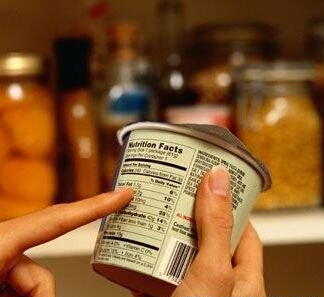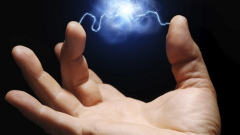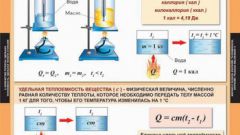Instruction
1
Calories measure heat energy. One calorie is a unit of energy required to heat 1 gram of water by 1 degree Celsius. The equivalent of the calorie is the Joule. Joules, usually used more often in scientific benefits. Joule equals the work that is done in moving the point of application of force equal to 1 Newton for a distance of 1 meter in the direction of the force.
2
So, for the transfer of joules into calories, you need to remember that one calorie is equal to 4.2 joules (j 4,18400). Accordingly, to convert joules into calories, you need number of joules and divide by 4.2.
For example, 840 joules divide by 4.2 and get 200. So 840 j = 200 cal. Accordingly, to convert calories into joules, you need the number of calories to multiply by 4.2.
For example, 840 joules divide by 4.2 and get 200. So 840 j = 200 cal. Accordingly, to convert calories into joules, you need the number of calories to multiply by 4.2.
3
As for the calories, then in theory it 1,000 times more than one calorie. 1 kilocalorie is the energy that is expended in heating 1 kg of water by 1 degree Celsius.
The energy value of the product is indicated in kilocalories (kcal), however, kilocalories are often referred to simply as calories. Therefore, speaking about calories mean calories. The same thing happens with joules.
The energy value of the product is indicated in kilocalories (kcal), however, kilocalories are often referred to simply as calories. Therefore, speaking about calories mean calories. The same thing happens with joules.
4
For example, playing a sport, you burned 250 calories. Then you ate the fruit, the energy value of which is 70 cal and the cake, on the package that says 756 George. If to translate everything into a single system of measurement, it turns out that sports have you lost 250 calories, ate fruit - 70 calories, and cupcake - 180 cal (756 divided by 4,2 = 180). -250+70+180 = 0. Thus, eating food is completely offset by exercise, so is not affected your body.


